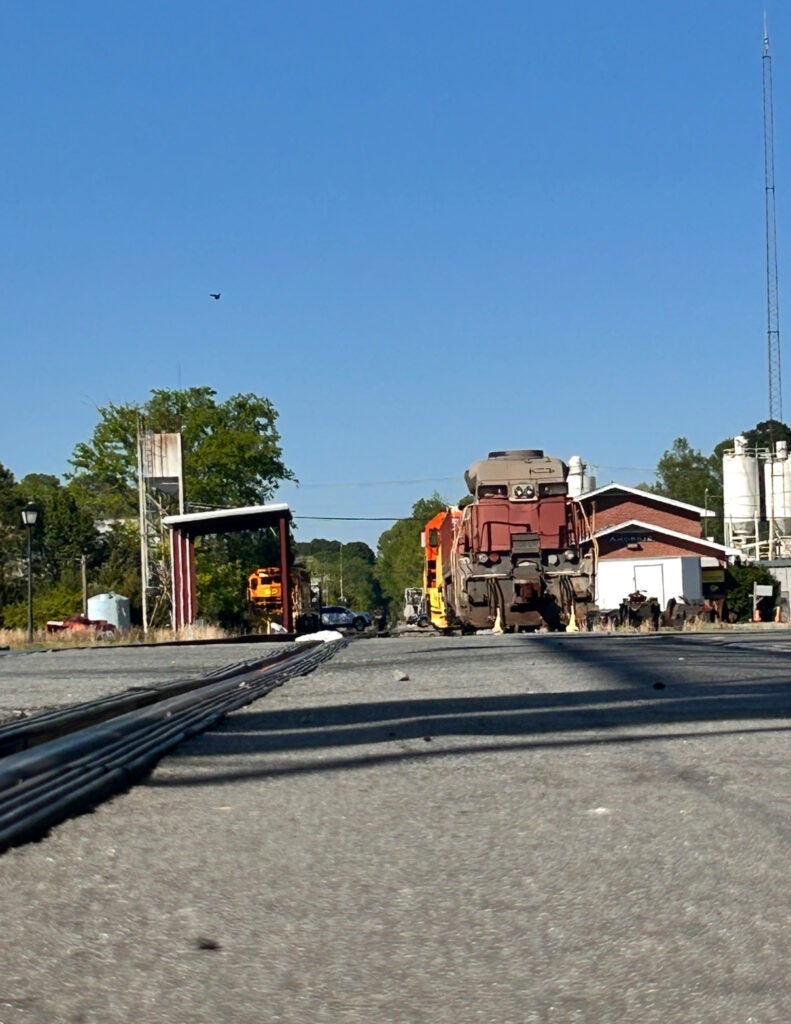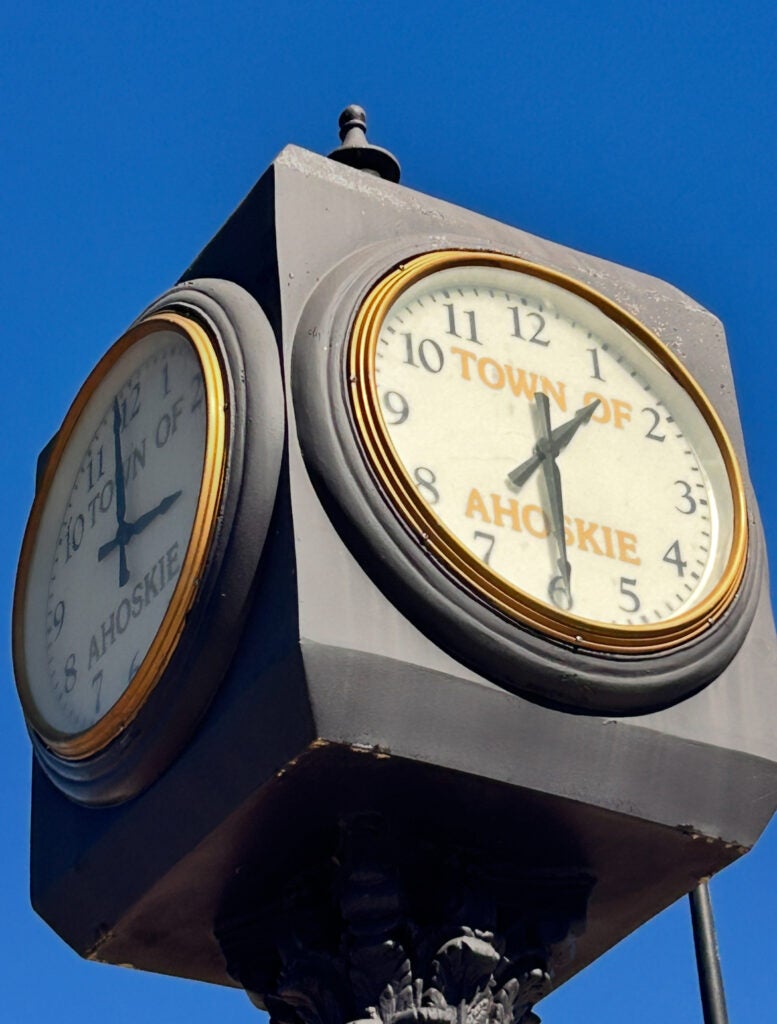

Nestled along North Carolina Highways 158 and 13 is Ahoskie and its five sister municipalities that make up Hertford County—a region once prospering with the promise of economic advancement, now struggling to hold onto the last fraying threads of a once booming economy.
There are six municipalities in Hertford county: Ahoskie, Cofeild, Como, Harrellsville, Murpheesboro and Winton.
It is a county that has the second highest projected rate of population loss in North Carolina according to the North Carolina Office of State Budget and Management.
In a state projected to have an increased population over the next ten years, why is Hertford different?
Residents like long-time salon owner and Hertford resident, Ida Harris said it is because of the state of economic pitfall that the county has been in since she was a young stylist and mom.
The town of Ahoskie’s soil is lined with abandoned railroad tracks and littered with an impressive number of abandoned vintage city buildings, and seems ghostly upon arrival. The few open and operational businesses hide behind decrepit storefronts that you could tell were in their prime 20 or more years ago.
The North Carolina State Census Reporter found that over 20% of Hertford county’s population is under the poverty line with 30% of minors under the age of 18 are also poor.
Harris, a feisty salon owner who has aged much better than the town, is the owner of Salon 21 and a Hertford native of 69 years. Still working in the downtown strip of Main Street in Ahoskie, Harris says that over the years, she has seen the town dwindle.
“Main Street was really busy,” Harris said. “It was the place to be. Now, ultimately, the shopping center gets what’s left of the foot traffic.”
While styling the hair of a client, Harris reminisced on what the downtown area used to look like when she was a young stylist. She listed businesses like “Dan’s Discount,” the drug store, and countless restaurants that used to greet locals and out-of-towners.
Now the average per person income earned in Hertford County, according to the Census Reporter, is $27,562 annually.
Harris says the building that her salon is in now is much nicer and newer than the one she was in across the street, and yet pedestrians can tell the newer storefront is well past its prime.
Her salon was located across the street from her current location, she said, but she moved buildings because the other building was in bad condition.
“People move away and one reason why I feel like businesses are leaving is because these buildings are old,” Harris said.
The exodus of families and young professionals is not surprising to Harris, because she says Hertford does not offer any sort of financial opportunities to them. The people of this county age like the buildings do, she says.
Harris raised her son in the county, and once he graduated high school in the Hertford school district, she said he attended college at Elizabeth City State University, just under an hour drive away.
Her son moved to Raleigh after he graduated from ESCU, and she said she doesn’t blame him for not coming back home.
When asked what she would tell other North Carolinians about Hertford and her little town of Ahoskie, she said, “Stay where you are.”
Hartis attended Roanoke-Chowan Community College that is located in Ahoskie. That is where she finished her degree in cosmetology. As a single mother, Harris would have moved out of the area a long time ago if that meant making a better life for her son, she said.
The only thing, or person, tying her to the town was her grandmother. Taking care of her son in the salon while she was trying to work was less than easy, Harris said, but she made do.
“We’re not doing anything to build it (the local economy) up. If anything, we are doing stuff to take away. Some people are talking about a new by-pass. You know what that means don’t you? People are going to by-pass us,” Harris said.
With very little construction and upkeep of the buildings downtown, Harris suggested “no wonder people don’t seem to be attracted to the area.”
According to the NC census report from 2021 to 2022, the total employment percent was -3.9%, which means employment in the county that year, and predicted trends indicate that this decrease might become normal here.
East Carolina University has a medical facility in Ahoskie, which provides a number of economic employment opportunities and better health outcomes for its local residents.
Yet, with a staggering decline in population, few job opportunities, and the dilapidated downtown infrastructure, Ahoskie and the other towns in Hertford only have the resilience of small business owners like Harris to hold onto the remains of the economic culture of decades passed.